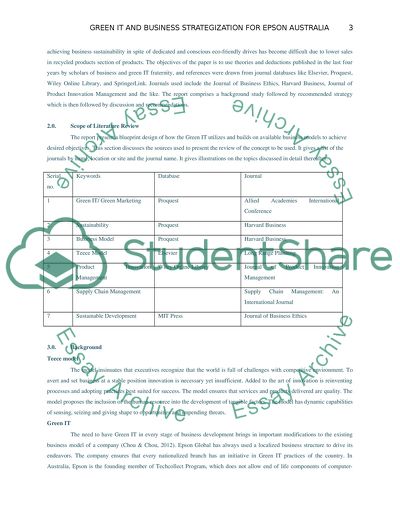Cite this document
(“Green IT and Business Strategization for Epson Australia Essay”, n.d.)
Green IT and Business Strategization for Epson Australia Essay. Retrieved from https://studentshare.org/information-technology/1667437-green-it-and-business-strategization-for-epson-australia
Green IT and Business Strategization for Epson Australia Essay. Retrieved from https://studentshare.org/information-technology/1667437-green-it-and-business-strategization-for-epson-australia
(Green IT and Business Strategization for Epson Australia Essay)
Green IT and Business Strategization for Epson Australia Essay. https://studentshare.org/information-technology/1667437-green-it-and-business-strategization-for-epson-australia.
Green IT and Business Strategization for Epson Australia Essay. https://studentshare.org/information-technology/1667437-green-it-and-business-strategization-for-epson-australia.
“Green IT and Business Strategization for Epson Australia Essay”, n.d. https://studentshare.org/information-technology/1667437-green-it-and-business-strategization-for-epson-australia.


